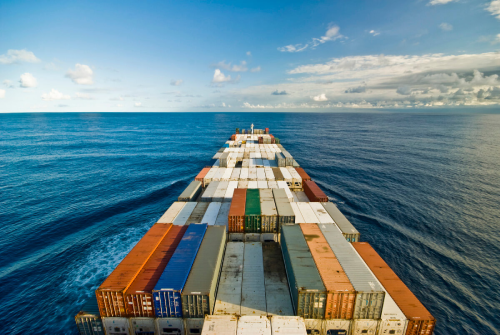Time:2021-05-28 Publisher:Kevin Num:7699

The traditional shipping season is just around the corner, but congestion at the nation's ports has not eased, and now the Port of Oakland is overtaking LA/Long Beach as the center of congestion.
In a client advisory on Wednesday, shipping giant Maersk warned that Los Angeles and Long Beach "remain stressed by an average of one to two weeks of waiting time for ships." But it said: "The situation is more severe at the Port of Oakland, where wait times are now up to three weeks."
US imports from Asia, which have been at or near record levels for 10 straight months, have been one factor driving freight rates higher. Another factor is the "structural" suspension. The flights were canceled because ships were delayed by a week or more at ports in the United States and Asia, thus missing planned rotations.
Delays at ports on the west coast of the United States have had a serious impact on liner arrangements. A total of 121 flights to the West Coast and 21 to the East Coast have been canceled since Jan. 1, according to Sea Intelligence Maritime Analysis.

There will be another jump in freight rates from next month
Spot rates for a 40-foot container from Shanghai to Los Angeles have been in the $5,600 to $5,700 range this spring, spiking to $6,000 / FEU in mid-April and hitting $6,358 / FEU on Wednesday, according to maritime analyst Drewry's freight index.
According to Lars Jensen, CEO and partner at industry analyst Vespucci Maritime, trans-Pacific eastbound rates will surge again next month, and will stabilize in the third quarter if North American and Asian ports can address the root cause of the increase -- port congestion.
Because ships are slow to leave Asian ports and slow to arrive at U.S. ports, shipping and container capacity is artificially limited and shippers are competing for space and containers, Jensen said.
"Competition among shippers is forcing prices up because of a shortage of capacity." Jensen, in a webinar Tuesday hosted by trucker Flexport, said he expects strong consumer demand to drive record growth in U.S. imports from Asia through the peak summer and fall seasons.

Anders Schulze, vice president and head of global shipping at Flexport, agrees: "From June 1, we will see price increases again." This is because shipping companies have submitted some proposed increases in general rates (GRI) to the Federal Maritime Commission.
According to a special report by Sea Intelligence Maritime Analysis, most shipping lines have filed reports for a $1,000 /FEU GRI adjustment effective June 1. Of these, Happerot filed a $1,200 GRI, while the jaw-dropping $3,000 GRI took effect June 15.
Shipping lines rarely achieve a full GRI, but if demand outstrips supply, as is currently the case with eastbound trans-Pacific routes, even a $100-200 per FEU price increase would indicate that June bookings were quite strong and would continue to exacerbate the space shortage at Asian loading ports.



